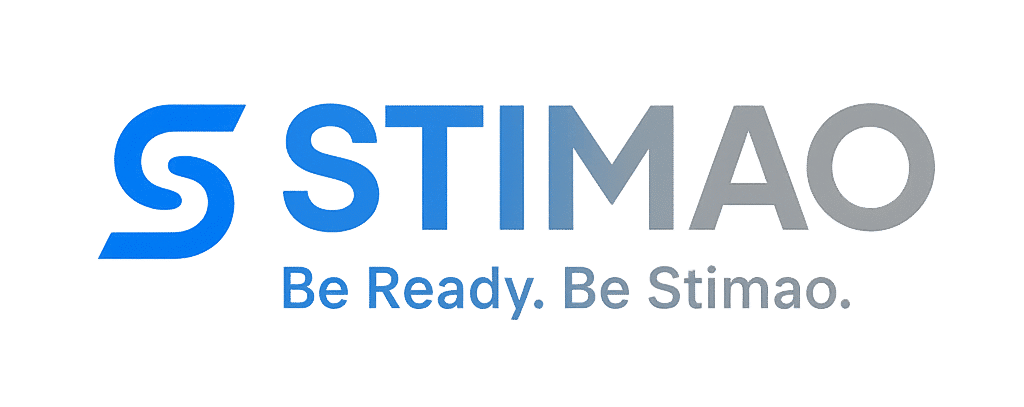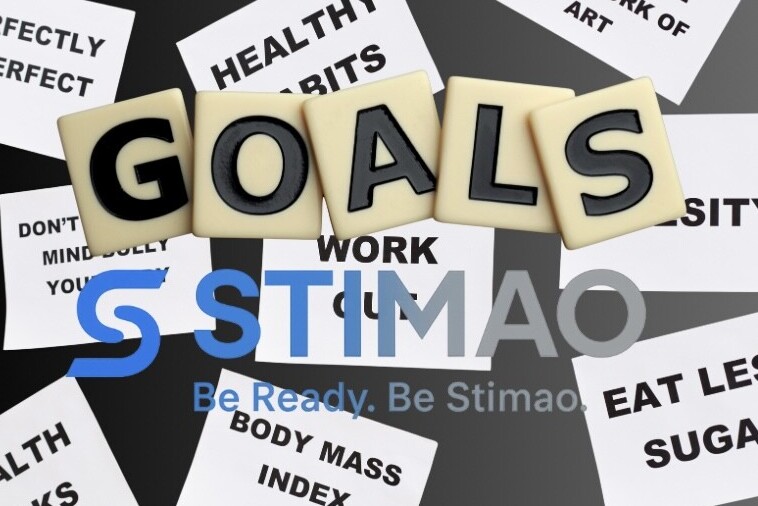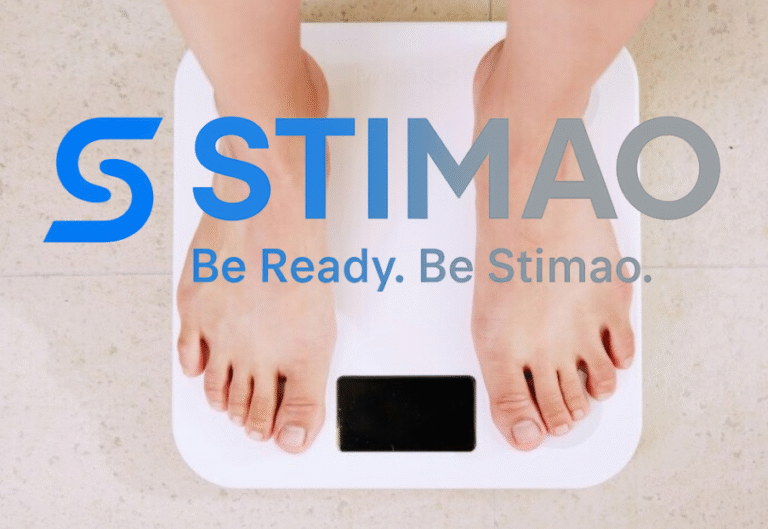 Mobility and flexibility, often tossed around together, aren’t exactly the same thing. Mobility is like the big brother here, covering your ability to move freely and easily. It takes into account not only the flexibility of your muscles but also how well your joints move through their full range of motion. Flexibility, on the other hand, is really just about the muscles and how much they can stretch.
Mobility and flexibility, often tossed around together, aren’t exactly the same thing. Mobility is like the big brother here, covering your ability to move freely and easily. It takes into account not only the flexibility of your muscles but also how well your joints move through their full range of motion. Flexibility, on the other hand, is really just about the muscles and how much they can stretch.
Getting a handle on mobility and flexibility can make a real difference in your everyday life. We’re talking less pain, fewer injuries, and a smoother ride through your daily routine. Whether you’re reaching up to grab something off a high shelf or just tying your shoes, these little improvements can make life a lot easier. Plus, better mobility and flexibility can lead to improved posture and balance, reducing wear and tear on your joints and muscles.
Now, you might be wondering, how do you kick things up a notch in the flexibility and mobility department? First off, start with some mindful movement. Think yoga or Pilates, which are not only fun but also super effective at stretching and strengthening your muscles. Consistency is your best friend here—go slow and steady, and you’ll see results without hurting yourself. And hey, don’t forget to fuel your body and stay hydrated; they play a significant role too!
Identifying Roadblocks: Causes of Poor Flexibility
A couch potato lifestyle is more common than you might think and can sneakily sap your flexibility. When you spend too much time sitting without much movement, your muscles get used to staying short and tight. So when it’s time to stretch or move, they resist, making things feel stiff and tough.
Getting older isn’t just about getting wiser; it throws a wrench in the flexibility works too. As muscles lose elasticity and joints start showing their age, muscle fibers get replaced by harder, less elastic tissues. This transformation makes stretching vital, as keeping those muscles limber gets more challenging with years under your belt.
Lastly, there are loads of myths floating around that don’t do your flexibility any favors. One common misconception is the idea that stretching should feel painful to be effective. In reality, stretching to the point of pain can be counterproductive and even lead to injury. Mindful and gentle stretching is key, not trying to force muscle elasticity overnight.
Actionable Steps: Effective Ways to Boost Your Flexibility
Switching up your routine and focusing on flexibility can work wonders. Start with some simple but powerful ways to improve flexibility like engaging in dynamic stretching before any workout. This helps warm up muscles and prepare them for action, reducing the risk of injury and improving performance.
Incorporating movements like yoga or Tai Chi can be a game-changer. Not only do these practices encourage deep stretching and muscle engagement, but they also promote relaxation and mental focus. If you’re looking for a full-body workout, Pilates is another fantastic option, weaving flexibility and strength-building together seamlessly.
For those craving a splash, swimming is a fun option. Water exercises support joint movements, making it easier to stretch and move without the heavy impact on the joints.
Getting into a routine is where the magic happens. Consistency is key, just a few minutes each day can make a huge difference. Pair this with patience, letting progress come slowly but surely. Stretching should never be forced; listen to your body and gradually push the boundaries over time.





